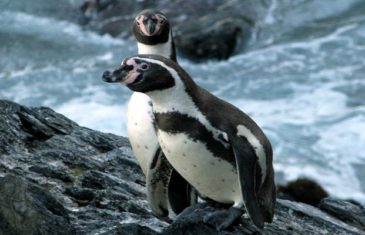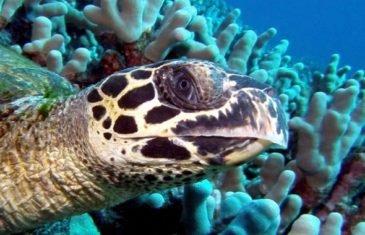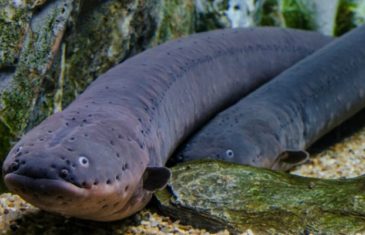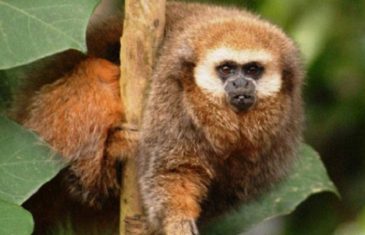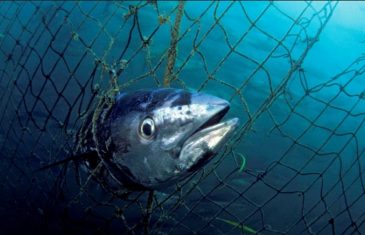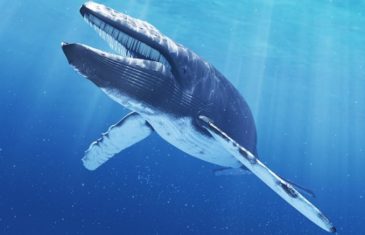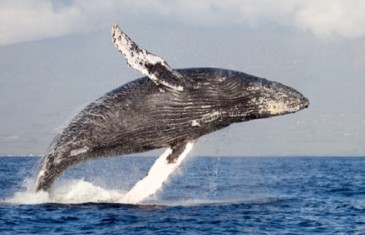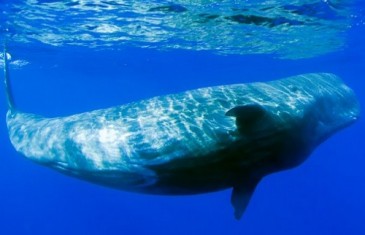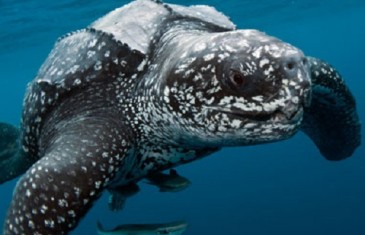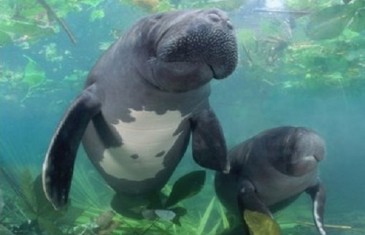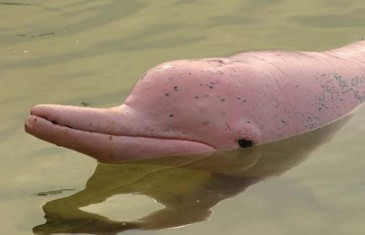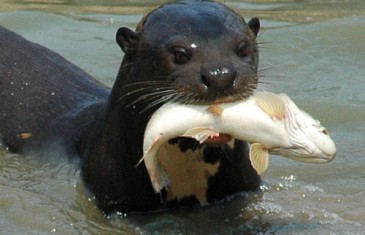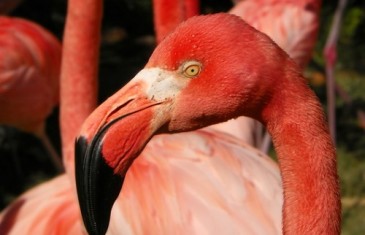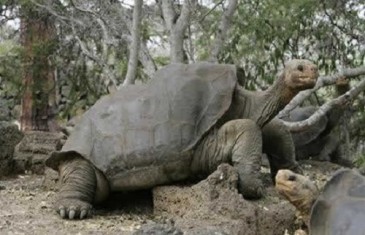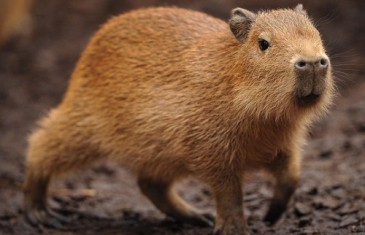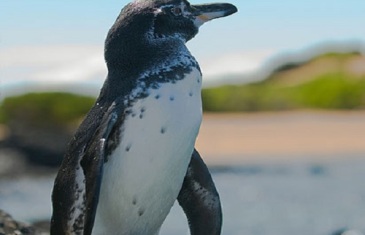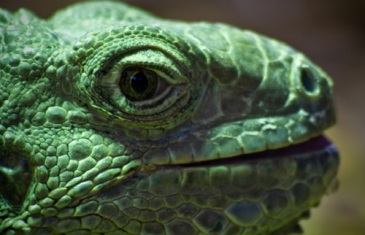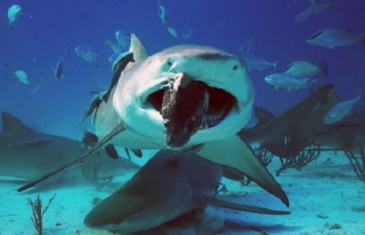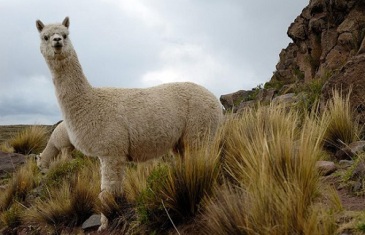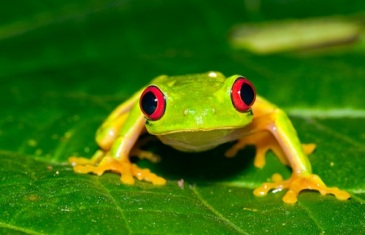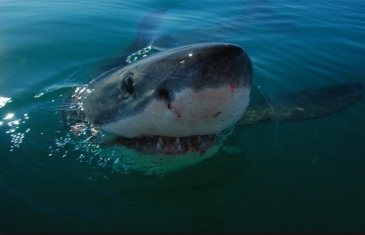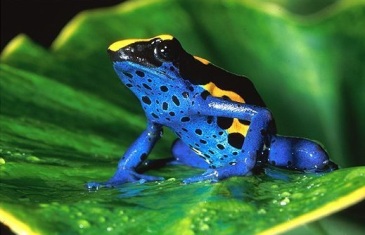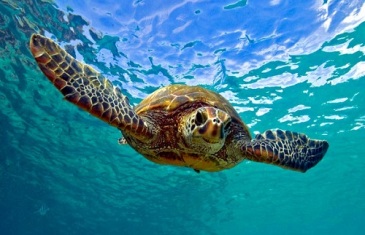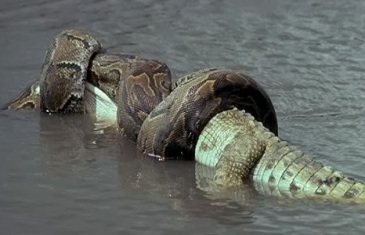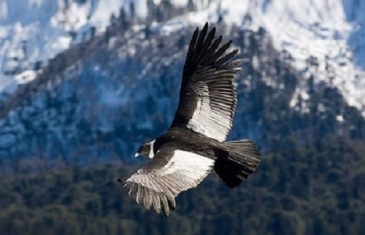Kingdom Phylum Class Order Family Genus Species Animalia Chordata Aves Sphenisciformes Spheniscidae Spheniscus Speniscus humboldti Did you know? Humboldt penguins are named after the Humboldt current, a nutrient rich current of cold water current that runs along the coast of South America from northern Peru to the south of Chile. Conservation Status The Humboldt penguin […]
Read moreInteresting Facts The Hawsksbill Sea Turtle is the most endangered of all the turtle species. Its population has declined over 80% in a century. One of the most important reasons for the global decline of the Hawksbill Sea Turtle has been the high demand for its richly patterned shell. It is used in a variety […]
Read moreInteresting Facts Electric eels are not true eels but they have a strong resemblance to true eels (Anguilliformes). They are Gymnotiformes commonly known as South American knifefish or neotropical fish. These fish can produce up to 650 volts of electricity enough to severely injure humans and other animals. Male electric eels make a nest with […]
Read moreo o Interesting Facts The Andean Titi Monkey belongs to the genus Callicebus. There are 30 species of titis that belong to this genus. The Andean Titi is locally known as “mono tocon” or in the native Awajun language as the “sugkamat”. Their tails are longer than their bodies. Name Scientific Name: Callicebus oenanthe Common Name: San Martin […]
Read moreInteresting Facts Tokyo Tsukiji Market is the largest wholesale market of Southern blue fish tuna. In 2013 a 222 kl tuna was sold for $1.8 million or $8,000 a kilogram. This species was previously considered as a subspecies of the or the Recreational and game fishers of Southern Bluefin Tuna is allowed in Australia and […]
Read moreBlue Whale are the largest animals to have ever existed on earth, due to its size there are no Blue Whales in captivity. These animals are also the loudest animals on earth. During the 20th century the species was almost exterminated due to commercial whaling. Blue Whales can be found in all major oceans of […]
Read moreo o Name Scientific name: Megaptera novaenanglia. Megaptera is derived from the Greek mega for “large” and pteron for “wing”. Novaeangliae for New England where the humpback was first described scientifically. Common name: Humpback whale, hump whale, hunchbacked whale. Conservation Status The humpback whale is listed as Least Concern by the IUCN. Its status was […]
Read moreName Common name: Sperm Whale, Spermacet Whale, Cachelot, Pot Whale. “Spermaceti”, the organ in the head of the whale which contains an oily liquid once believed to be sperm. Scientific name: Physeter macrocephalus. Physeter is derived from the Greek word for “blowpipe or blowhole” Macrocephalus is derived from Greek meaning “big head”. Conservation Status […]
Read moreo o Name Common name: Leatherback, Leatherback Sea Turtle, Leathery Turtle, Trunkback Turtle, Coffinback, Luth. Scientific name: Dermochelys coriacea Conservation Status by Subpopulations East Pacific Ocean subpopulation: Critically Endangered. Nesting females and nests declined by 97.4% during the past three generations. Northeast Indian Ocean subpopulation: Data Deficient. There is insufficient reliable trend data of […]
Read moreTaxonomy Kingdom: Animalia Phyllum: Chordata Class: Mammalia Order: Sirenia Family: Trichechidae Genus: Trichechus Species: Trichechus inunguis o o Name Common name: Amazonian manatee, South American manatee, Amazon sea cow. Scientific name: Trichechus inunguis. Physical Features The Amazonian manatee is the smallest of the three living species of the Trichechus genus, the West Indian manatee […]
Read moreName Common name: Amazon River dolphin, pink dolphin, boto, bufeo. The name originates from the Greek delphus meaning “womb”. It can be interpreted as “fish” with a “womb”. Scientific name: Inia geoffrensis. Inia derives from the Guarayos tribe in Bolivia. Taxonomy Kingdom: Animalia Phylum: Chordata Class: Mammalia Order: Cetacea Family: Iniidae Genus: Inia Species: Inia geoffrensis […]
Read moreName Common name: Giant otter, giant Brazilian otter, giant river otter. Scientific name: Pteronura brasiliensis Population The IUCN Otter Specialist Group estimates a total wild population of 1,000 to 5,000 individuals and an estimated decrease in population of 50% over the next 20 years. Taxonomy Kingdom: Animalia Phylum: Chordata Class: Mammalia Order: Carnivora Family: Musteliadae Subfamily: […]
Read moreo o Population and Conservation Status Chilean flamingo (Phoenicopterus chilensis) – Near Threatened. The Chilean flamingo breeds erratically and irregularly. The IUCN estimates a total population of 300,000 individuals. Caribbean flamingo (Phoenicopterus ruber ruber) – Least Concern. This species has a large range with an increasing population. Lesser flamingo (Phoeniconaias minor) – Near Threatened. Decreasing […]
Read moreTaxonomy Kingdom Phylum Class Order Family Genus Species Animalia Chordata Reptilia Testudines Testudinidae Chelonoidis Chelonoidis nigra 0 0 Name Common name: Galapagos tortoise, giant Galapagos tortoise. The word tortoise is usually used for terrestrial turtles in the family Testudinidae. Scientific name: Chelonoidis nigra Physical Features Galapagos tortoises are the only surviving lineage of giant turtles […]
Read moreTaxonomy Kingdon: Animalia Phylum: Chordata Class: Mammalia Order: Rodentia Family: Caviidae Genus: Hydrochoerus Species: Hydrochoerus hydrochaeris Name Common Name: Capybara Scientific Name: Hydrochoerus hydrochaeris o o Distribution and Habitat Capybaras are distributed throughout the basins of the Orinoco, Amazon, San Francisco and La Plata Rivers. Water and temperature are the main factors in its distribution. […]
Read more0 Taxonomy Kingdom: Animalia Phylum: Chordata Class: Aves Order: Sphenisciformes Family: Spheniscidae Genus: Spheniscus Species: Spheniscus mendiculus 0 Name Scientific name: Spheniscus mendiculus. Common name: Galapagos penguin. Distribution and Habitat Galapagos penguins live in the northernmost habitat of all penguin species. They are the only species to live and breed in tropical climate. They are […]
Read moreTaxonomy Kingdom Phylum Class Order Family Genus Species Animalia Chordata Reptilia Squamata Iguanidae Iguana Iguana Iguana 0 0 Name Scientific name: Iguana iguana Common name: Green iguana, common iguana. Habitat and Distribution The green iguana is a species of lizard native to the tropical rainforests of South America and Central America. Its native range […]
Read more0 Taxonomy Kingdom: Animalia Phylum: Chordata Class: Chondrichthyes Order: Carcharhiniformes Family: Carcharhinidae Genus: Negaprion Species: Negaprion brevirostris 0 Name Scientific Name: Negaprion brevirostris. Common Name: Lemon shark. Distribution and Habitat They inhabit the coastal inshore waters of the northwest Atlantic Ocean from the coast of the state of New Jersey to Southern Brazil, the Caribbean […]
Read moreTaxonomy Kingdom Phylum Class Order Family Genus Species Animalia Chordata Mammalia Artiodactyla Camelidae Vicugna Vicugna pacos 0 Name: Scientific Name: Vicugna pacos Common Name: Alpaca Habitat and Distribution The alpaca is a camelid indigenous to the Andes Mountains of Peru, Bolivia, Ecuador and Chile. Other camelids closely related to the alpaca are llama, guanaco […]
Read moreKingdom Phylum Class Order Family Genus Species Animalia Chordata Amphibia Anura Hylidae Agalychnis Agalychnis callidryas 0 0 Name Scientific name: Agalychnis callidryas. Common Name: Red eyed tree frog or Red eyed leaf frog. Range and Habitat The red eyed tree frog, also known as red eyed leaf frog, is an amphibian native to Central American countries, […]
Read more0 Taxonomy Kingdom: Animalia Phylum: Chordata Class: Chondrichthyes Order: Lamniformes Family: Lamnidae Genus: Carcharodon Species: Carcharodon carcharias Name Common name: Great white shark, white shark, white pointer or great white. Scientific name: Carcharodon carcharias. 0 Physical Features The white shark has a dorsal fin on top of its body, two pectoral fins at the bottom […]
Read moreWhat is in a name? Local Amerindians in the Amazon rainforest used toxins from the skin of these frogs to poison the tips of their blow darts, therefore the name poison dart frog. Taxonomy Kingdon: Animalia Phylum: Chordata Class: Amphibia Order Anura Suborder: Neobatrachia Family: Dendrobatidae 0 Physical Features Poison dart frogs have bright colorful […]
Read more0 Taxonomy Family: Animalia Phylum: Chordata Class: Reptilia Order: Testudines Family: Cheloniidae Genus: Chelonia Species: Chelonia mydas 0 Name Scientific name: Chelonia mydas Common name: Green turtle, green sea turtle, black sea turtle. Habitat and Distribution Its habitat extends throughout tropical and subtropical seas. They stay along the coast and islands between 30 degrees north and […]
Read moreTaxonomy Kingdom: Animalia Phulum: Chordata Class: Reptilia Order: Squamata Suborder: Serpentes Family: Boidae Genus: Eunectes Species: Eunectes murinus 0 0 Name Common name: Green anaconda. Scientific name: Eunectes murinus 0 Habitat and Distribution The green anaconda is a non-venomous boa species found in South America. It is also known as the common anaconda or water boa because […]
Read more0 Taxonomy Kingdom: Animalia Phylum: Chordata Class: Aves Order: Cathartiformes Family: Cathartidae Genus: Vultur Species: Vultur gryphus Name Common name: Andean condor. Scientific name: Vultur gryphus 0 Habitat and Distribution The Andean Condor (Vultus gryphus) is one of the 7 species of New World vultures found in warm and temperate areas of the American continent. The […]
Read more